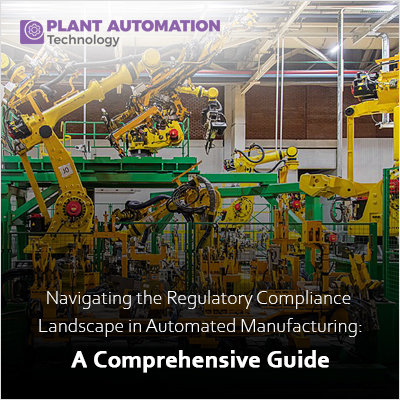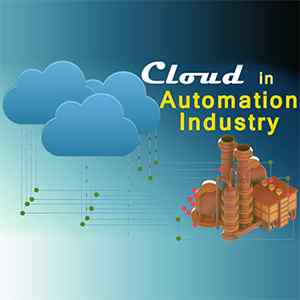Navigating the Regulatory Compliance Landscape in Automated Manufacturing: A Comprehensive Guide

Introduction:
Over the past few years, the advent of automated manufacturing has marked a significant shift toward heightened industrial efficiency, precision, and scalability. While these technological strides bring forth various advantages, they concurrently underscore the vital importance of regulatory compliance. The ability to navigate the complex regulatory terrain in automated manufacturing is crucial for guaranteeing product quality, safety, and alignment with industry standards. This in-depth guide aims to explore the essential elements of regulatory compliance in automated manufacturing, offering practical insights to empower businesses to excel in this dynamic and evolving landscape.
Understanding Regulatory Compliance in Automated Manufacturing:
Regulatory compliance is the cornerstone of a company's commitment to following rules and standards set by regulatory bodies. In the realm of automated manufacturing, these regulations are designed to guarantee the safety, quality, and consistency of products. Compliance isn't merely a legal obligation; it's a vital factor in building trust with customers and stakeholders.
Key Regulatory Bodies and Standards:
1. FDA (Food and Drug Administration):
The FDA assumes a pivotal role in regulating automated manufacturing processes in industries like pharmaceuticals and food production. Compliance with Good Manufacturing Practices (GMP) is imperative to ensure the quality and safety of products.
2. ISO (International Organization for Standardization):
Widely acknowledged and embraced in automated manufacturing, ISO standards, including ISO 13485 for medical devices and ISO 9001 for quality management, enjoy global recognition. Offering a holistic framework, these standards play a pivotal role in formulating, executing, and sustaining an efficient quality management system.
3. OSHA (Occupational Safety and Health Administration):
OSHA regulations focus on ensuring the safety and health of workers in manufacturing environments. Automated manufacturing facilities must comply with OSHA standards to minimize workplace hazards.
4. EPA (Environmental Protection Agency):
For industries involving potentially hazardous materials, compliance with EPA regulations is crucial to minimize environmental impact. Proper waste disposal and emissions control are key aspects of EPA compliance.
Challenges in Achieving Regulatory Compliance:
1. Rapid Technological Changes:
The rapid evolution of automation technologies poses challenges for regulations to keep pace. Companies must proactively update their processes to align with both existing and emerging standards.
2. Interdisciplinary Nature:
Automated manufacturing involves a convergence of various disciplines, including engineering, IT, and quality control. Achieving compliance demands effective communication and collaboration across these diverse teams.
3. Global Operations:
Companies with global operations face the complexity of adhering to different regulatory frameworks in various regions. Implementing a unified approach to compliance across all facilities is a significant challenge.
Best Practices for Navigating Regulatory Compliance:
1. Risk Assessment:
Perform a comprehensive risk assessment to pinpoint potential instances of non-compliance. Give priority to high-risk areas and allocate resources accordingly to address and mitigate these concerns.
2. Continuous Monitoring and Documentation:
Establish mechanisms for continuous, real-time monitoring of manufacturing processes. Keep meticulous documentation of every process, modification, and quality control measure to ensure comprehensive record-keeping.
3. Employee Training:
Ensure that employees are well-trained in the latest regulations and best practices. Regular training sessions help in creating a culture of compliance within the organization.
4. Automation Validation:
Validate automated systems to ensure they meet regulatory requirements. Regularly update and validate software and hardware components to maintain compliance.
5. Supplier and Vendor Compliance:
Extend compliance efforts to include suppliers and vendors in the supply chain. Collaborate with them to ensure that raw materials and components meet regulatory standards.
Conclusion:
In the dynamic realm of automated manufacturing, regulatory compliance transcends mere legal obligations; it emerges as a strategic necessity. Companies placing a premium on compliance not only adhere to legal standards but also showcase a dedication to quality, safety, and customer contentment. By grasping the roles of pivotal regulatory bodies, surmounting challenges, and embracing best practices, businesses can adeptly navigate the intricate regulatory terrain, positioning themselves for enduring success in the automated manufacturing sector. As technology advances persistently, staying abreast of regulatory shifts becomes paramount, offering a competitive advantage and ensuring sustained growth.







